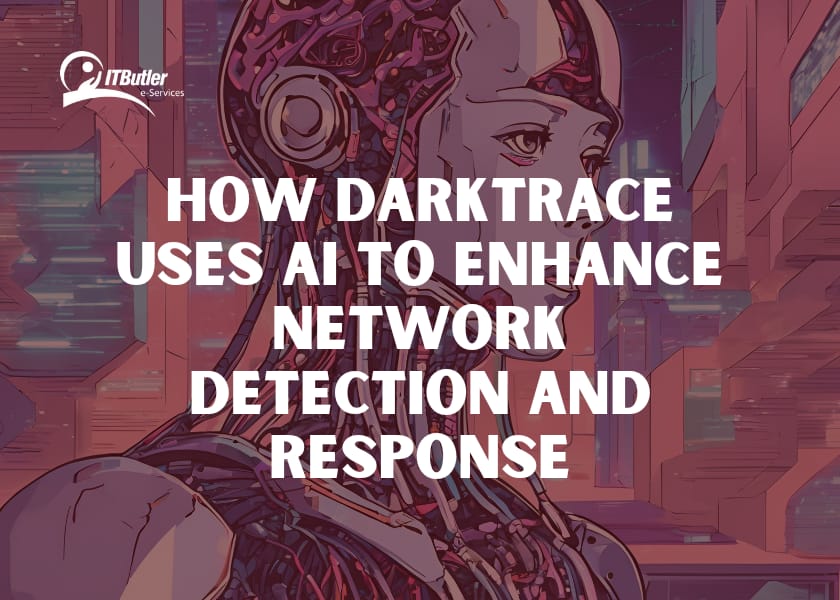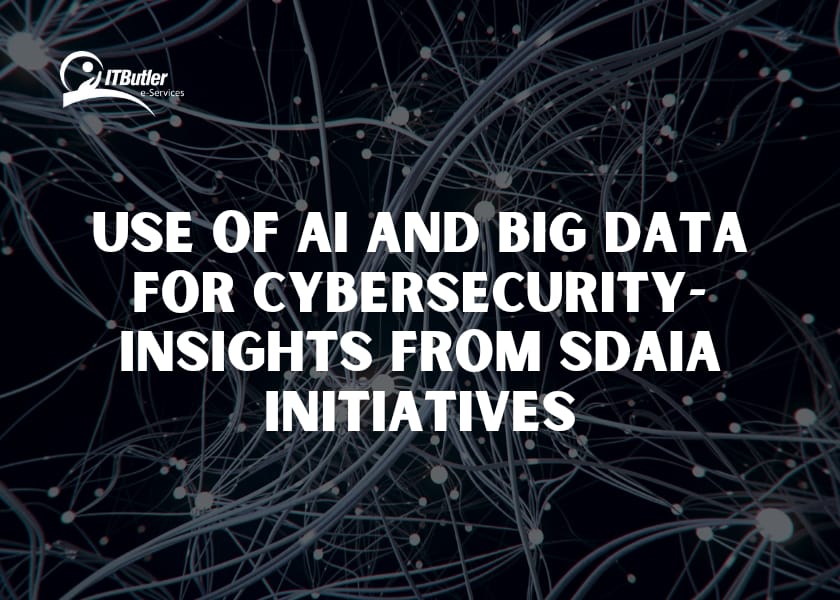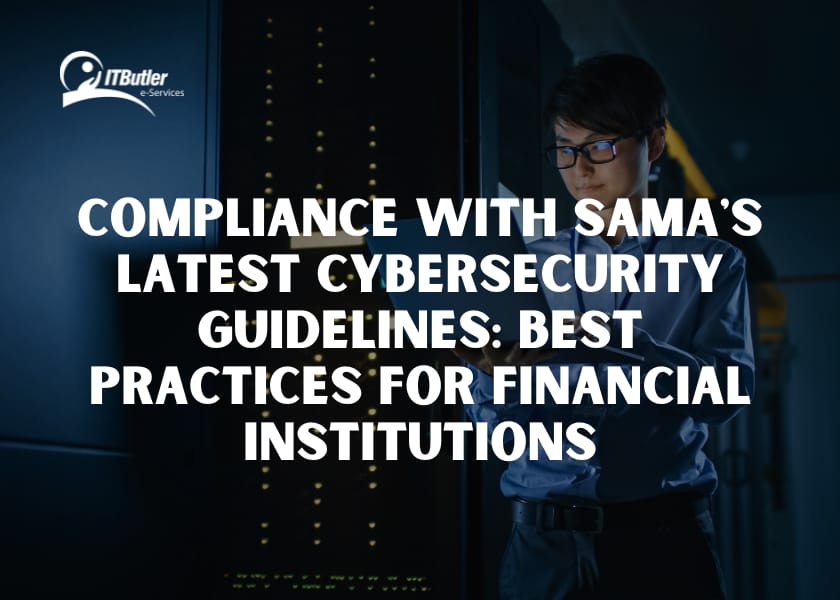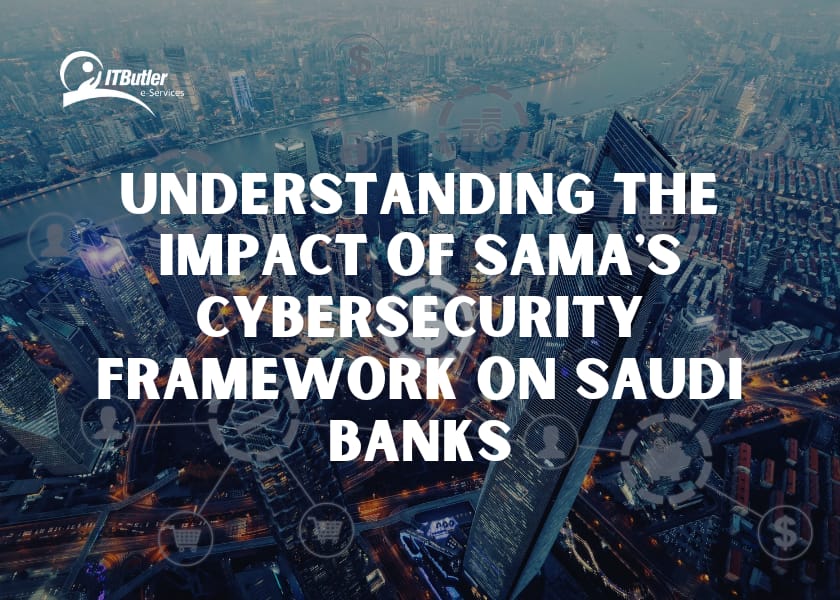Are you confident that your business has a chance not to get compromised in the next cyber attack? Cyber threats have gotten too sophisticated by the day, but traditional security systems remain incapable of identifying those threats. What if there was a way to detect and respond to such threats before they could cause you any damage? That is exactly where Darktrace AI comes into play.
Imagine if an AI could learn your network’s behavior, would it automatically identify unusual activity, and respond? However, this isn’t unrealistic in this digital era to have assistance in the form of AI. Darktrace does exactly that, perhaps it is the most revolutionary business approach concerning network protection. How does AI improve Network Detection and Response, and why is it a game-changer?
In this blog, we will discuss how Darktrace leads cyber threat detection through advanced AI capabilities. Thus, offering businesses live and ever-evolving protection against every new attack.
Why is Darktrace AI in Network Detection and Response Needed?
Before discussing what Darktrace offers, let me give some important background context. So, why do we need AI in cybersecurity, particularly in NDR?
1. Traditional Network Security Limitations
Traditional network security systems rely on signature-based detection techniques. This means security tools can only identify known threats based on a predefined database of threat signatures.
Thus, such a system might work for some common attacks, but cybercriminals continue to design sophisticated techniques to breach a network. Therefore, old systems often fail to recognize the new, unknown, or “zero-day” attacks thereby making the network vulnerable.
2. Increasing Complexity of Cyberattacks
Modern cyberattacks are not only frequent but also becoming increasingly complex and multilayered. However, the use of APTs, ransomware, insider attacks, and phishing campaigns are some of the tactics used by attackers.
Also, cyberattacks use lateral movement in networks to spread from the initial point of infection to hold bigger parts of a network. Hence becoming even harder to detect unless you have a holistic view of the activity of your network.
3. Overwhelming Data Volume
However, real-time monitoring of each bit of network traffic is quite impossible in such a large network of organizations. Therefore, the cybersecurity team receives most of the alarms generated not by threats but by false positives.
Further, this may result in missing real threats and even losing valuable time. Manual analysis is out of the question, and this is the place where AI differs meaningfully.
What Is Darktrace?
Darktrace is a cyber company founded in 2013 that specializes in AI-driven threat detection and response. It has developed advanced technologies that can detect and neutralize cyber threats in real time. Further, Its flagship product offers an autonomous response to cyber threats by identifying, analyzing, and mitigating attacks that occur.
But what does Darktrace AI do differently with network detection and response? However, it shifts away from conventional approaches to use AI in learning autonomously what is “normal” in networks. As a result, it can detect the minutest abnormalities that could lead to threats.
How is Darktrace AI Used in Network Detection?
Characterizing Darktrace is its use of self-learning AI, which continuously evolves as it monitors network traffic. Unlike traditional systems that depend on predefined rules, Darktrace’s AI evolves its understanding of network behavior through unsupervised learning. So the system does not require prior knowledge of an attack to identify one.
1. Self-Learning AI and Behavioral Analysis
Darktrace AI learns what “normal” means to an organization’s network in terms of user behavior, data flow, and device interactions. However, these patterns are what Darktrace relies upon in recognizing deviations from what it now considers normal. Hence it detects abnormalities of a threat-insider breach, malware, or even zero-day attack.
2. Real-Time Monitoring
One of the greatest advantages of Darktrace is its ability to monitor network activity. Whenever anything unusual happens, either an unanticipated data transfer, malware login behavior, or suspicious traffic between devices. It alerts system flags right away and makes rapid action possible.
3. Unsupervised Learning for Unknown Threats
Darktrace’s AI-driven security system uses unsupervised learning to pin down attacks that have never been seen before. However, the process in traditional systems would be signature-based detection looking for attacks and patterns known to it.
The AI in Darktrace does not need to spot the particular type of attack before proclaiming it as dangerous. Further, it detects slight abnormalities in the network and raises flags on them. Thus, it is several steps ahead in identifying threats when they could do the least harm.
4. Techniques Used by Darktrace AI
Darktrace AI uses the following key methods to detect threats:
- Unsupervised Machine Learning: Works without prior knowledge of what typical threats look like and can pick up on behavior.
- Bayesian Probabilistic Methods: Models are updated with the efficiency of quickly responding to new data.
- Graph Theory: Allows Darktrace to understand the complex relationships of individuals, systems, and machines in an organization.
- Natural Language Processing (NLP): Natural Language Processing Empowers complex data in readable human language and translates threat detection to intelligible human language for the security team.
Case Study Example
One of the incidents focused on an insider threat that Darktrace identified in a healthcare organization. There, it found an employee was trying to take away patient data in preparation for selling it on the dark web.
However, Darktrace AI marked unusual patterns of file access that were outside the legitimate employee behavior. Thus, raising attention from the security team, which was sufficient to prevent massive data breaches.
DarkTrace’s Approach to Automated Response
Detection is only part of the equation. Therefore, to mitigate threats effectively, Darktrace also offers an autonomous response system through the Darktrace Antigena module. As a result, taking immediate action to neutralize threats and minimize the need for human intervention.
Autonomous Response with Darktrace Antigena
Darktrace Antigena is an AI-driven autonomous response solution. When threats are detected, the response solution directly isolates compromised devices, halts malicious traffic, or restricts abnormal network activity. It is therefore unique in its ability to act without interrupting normal working practices.
AI-Based Decision Making
It assesses the risk and takes action accordingly. If a device is hacked, then Antigena will cut off the device from the network to prevent the malware attack. The AI makes the decision precise by analyzing the behavior of the device, type of threat, and unusual patterns.
Minimizing Human Intervention
With Antigena, an organization could reduce dependence on human intervention. However, traditional response tools take a lot of effort and time through manual processes. Therefore, it ensures that threats are neutralized more promptly and limits any possible damage by automating response.
Can Darktrace Detect Zero-Day Threats?
The Darktrace AI can recognize its zero-day threats. It is not like other software systems that rely on traditional methods in determining threats based on historical data only. Rather, Darktrace AI constantly learns and upgrades constantly on new network behavior, finding threats that don’t follow the known pattern.
Moreover, the product Darktrace has Self-Learning AI that uniquely detects zero-day threats. Whereas the conventional detection and detection methodologies are based on historical data. Further, it learns new network behaviors and identifies threats, and then it can neutralize those zero-day exploits.
Benefits of Using Darktrace for NDR
Darktrace AI-driven solutions offer numerous advantages for NDR, making it a critical tool for modern cybersecurity strategies.
1. Comprehensive Threat Detection
The Darktrace system can identify a wide category of threats, such as insider threats, malware, ransomware, and external attacks. As it continuously learns the network, it can easily recognize known and unknown threats.
2. Reduction in False Positives
One of the problems with traditional NDR is the flood of false positives, which can be overwhelming for security teams. However, AI continuously learns and improves detection methods. Thus, reducing false positives and ensuring no legitimate threat remains unnoticed.
3. Faster Response Times
Response times are critical to the prevention of breaches before they cause more damage. Therefore, Darktrace through automated detection and response accelerates the time to respond to a threat. This could be very critical in preventing breaches when they occur.
4. Scalability and Flexibility
The company has scalable AI-driven NDR solutions that small enterprises and large corporations can use. Further, its system is flexible, allowing it to be applied in almost all industries including healthcare, finance, and government.
Conclusion
Cyber threats are getting more sophisticated every passing day. Therefore, it needs a much smarter and faster solution that holds the power of NDR. So, Darktrace AI does just that. But it includes learning your network behavior to automatically respond to any identified threat. Further, Darktrace offers proactive defense through its self-learning AI tools such as autonomous Antigena that provide quick, efficient protection.
In today’s world of digitization, AI-powered security is where we need to stand. Does your business, hold a future-proof kind of cybersecurity with Darktrace?






